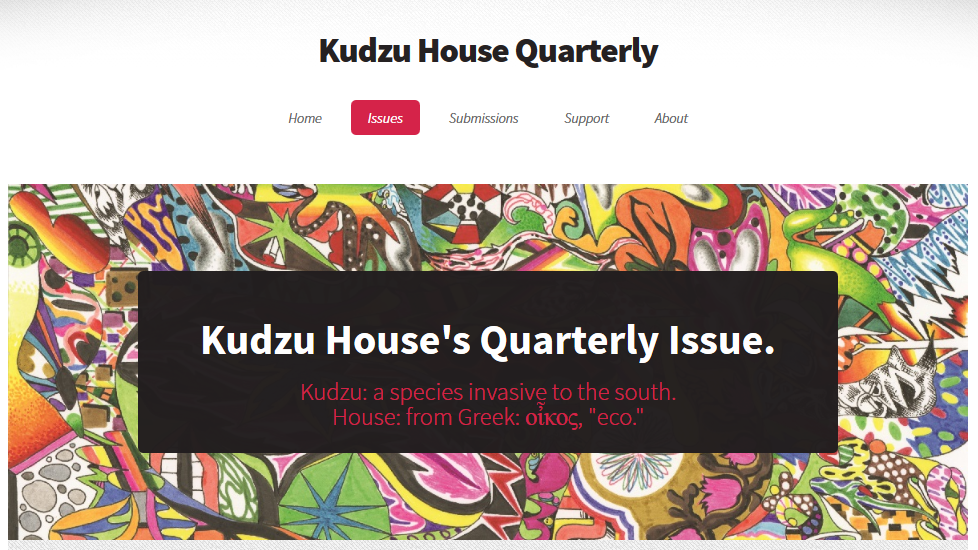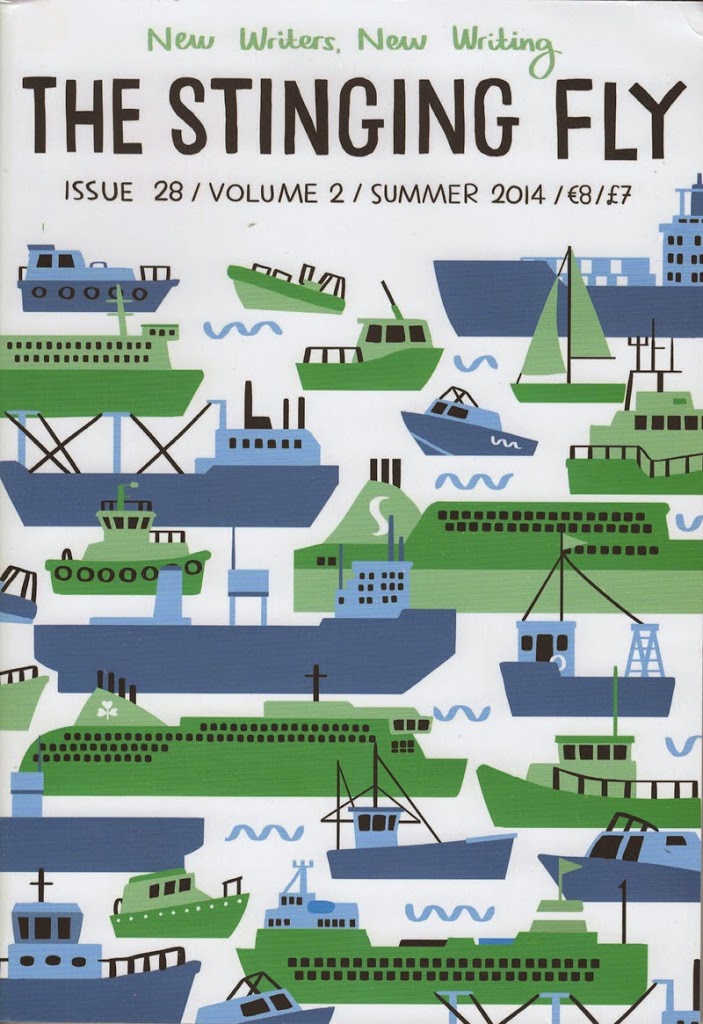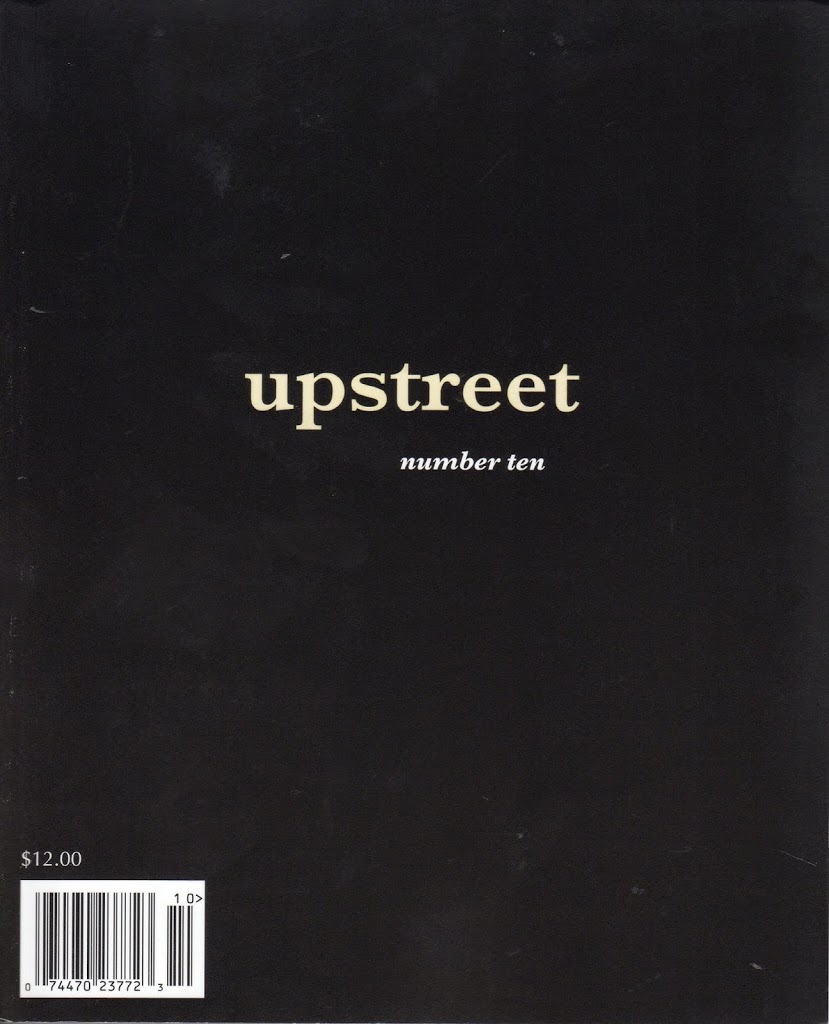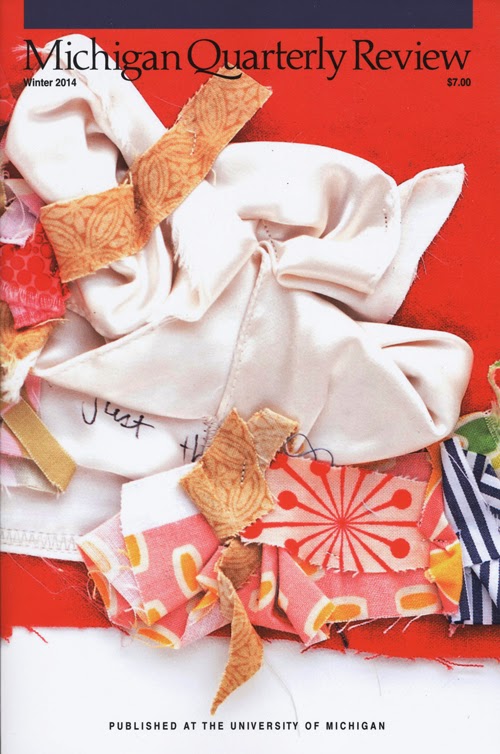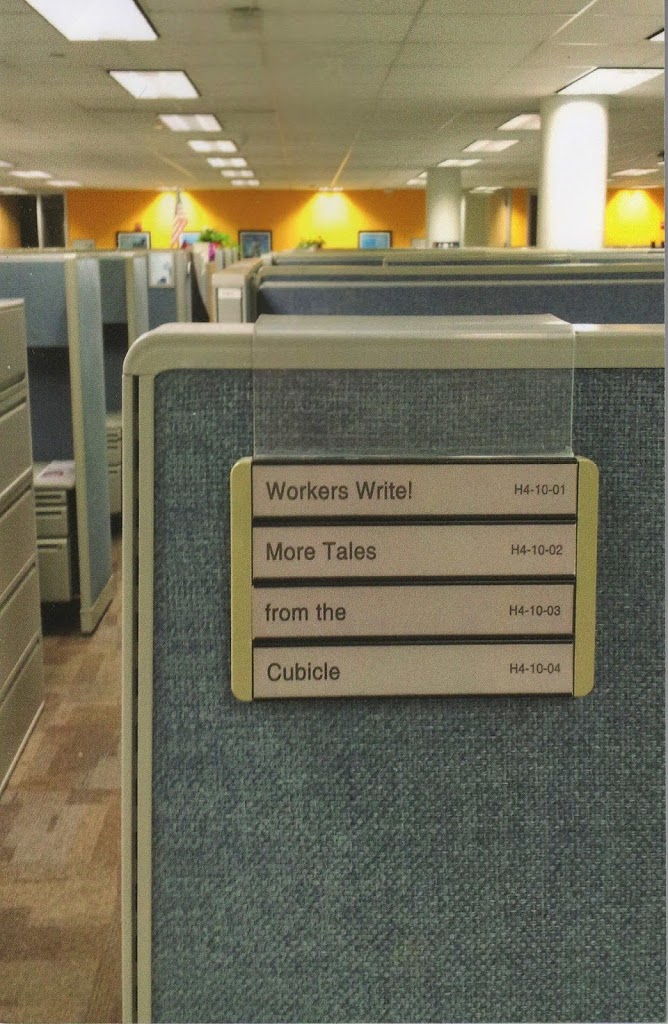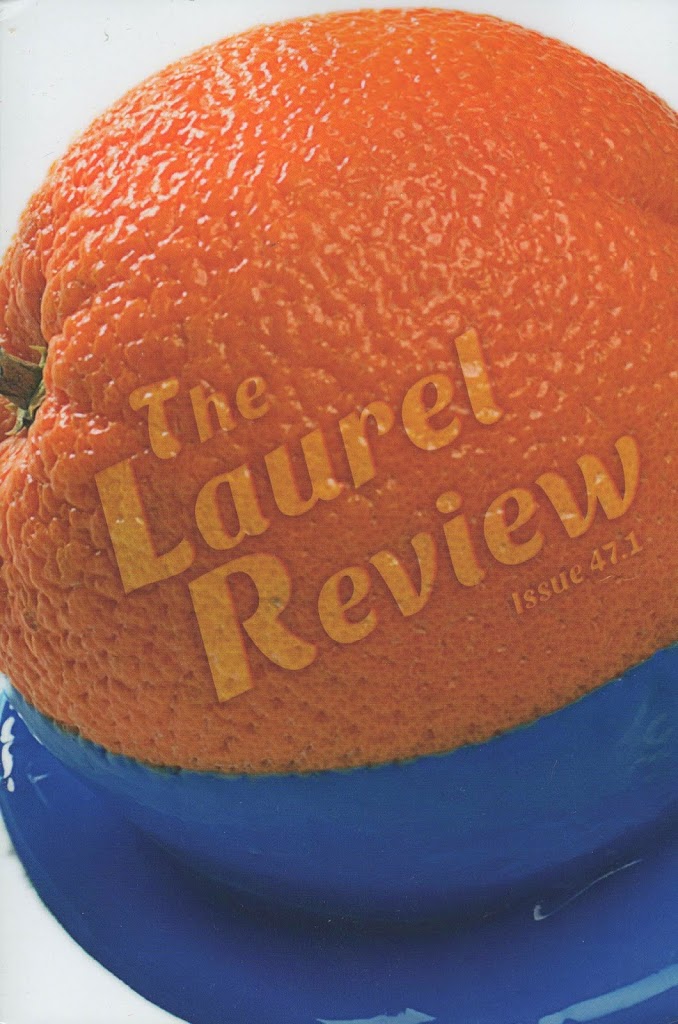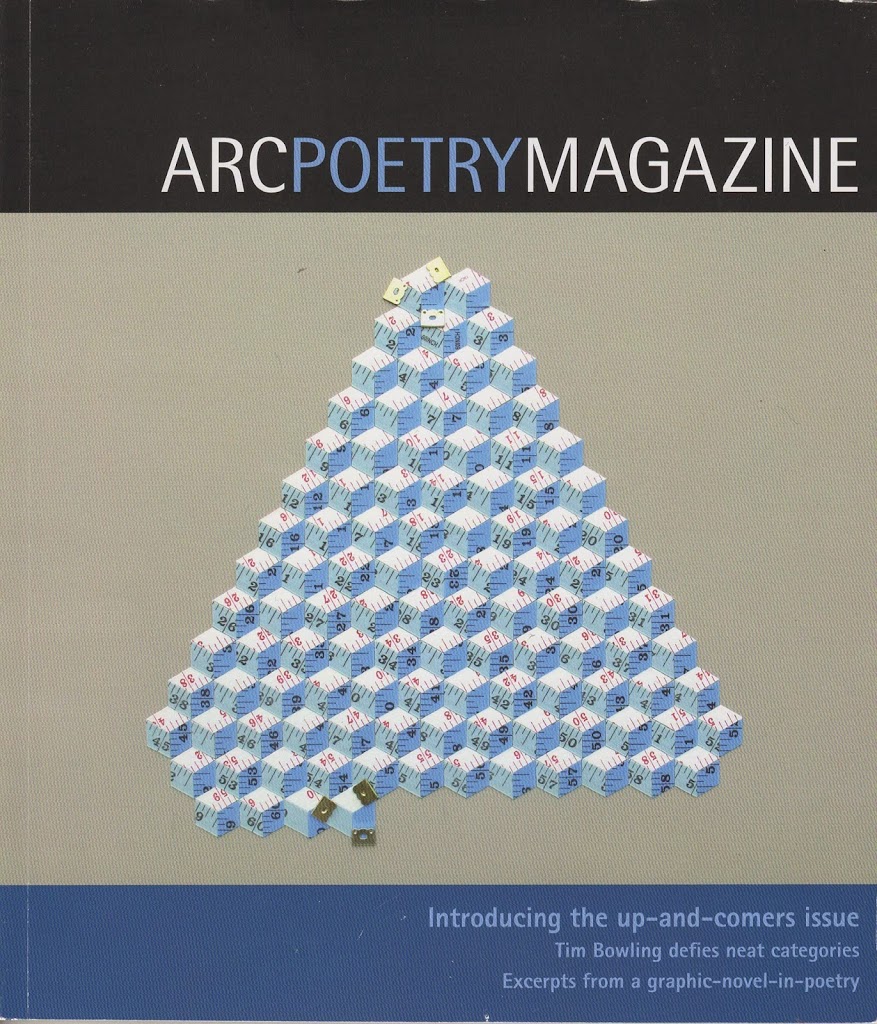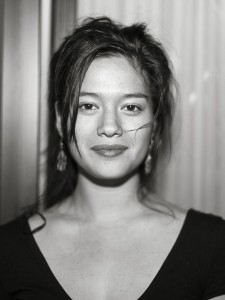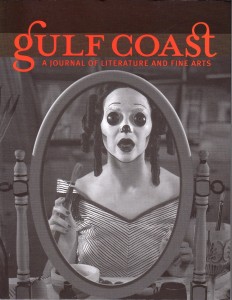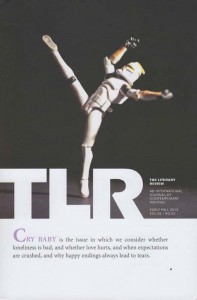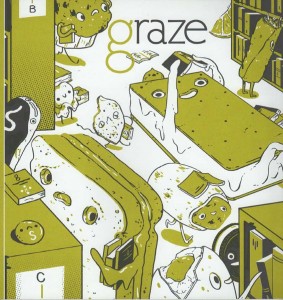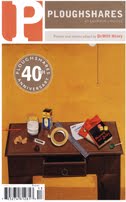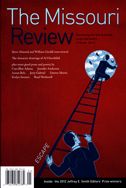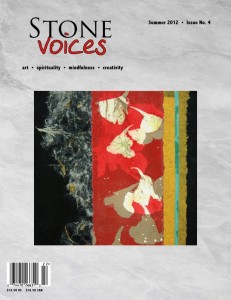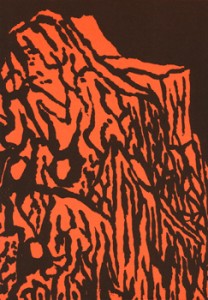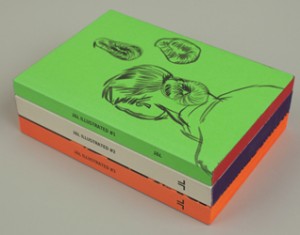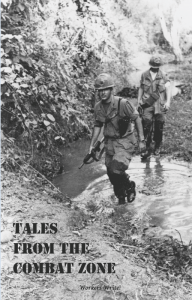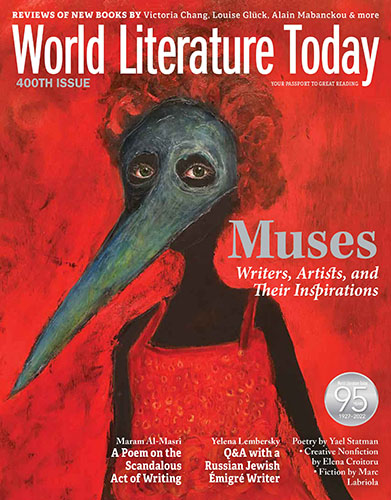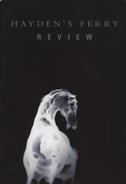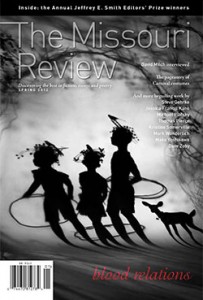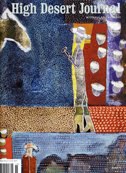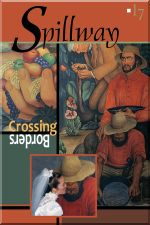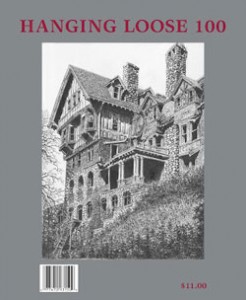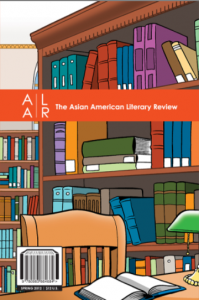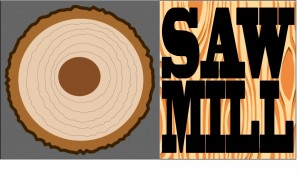 Sawmill Magazine, a new online magazine, offers up six issues a year, two for each of the genres: fiction, poetry, and comics. Sawmill was created as a “digital sister” to Typecast Publishing’s print magazine, The Lumberyard. Fiction Editor Wesley Fairman, says, “We felt it was only fitting that we develop a name for our web-based magazine that recalled The Lumberyard and evoked similar feelings of creation, industry, and precision. We wanted a place to play, to test ideas, and to begin building relationships with writers and visual artists that, hopefully, lead to bigger projects down the road. Much in the way the sawmill is the first step for building materials before they reach the lumberyard, Sawmill the magazine is the birthplace for the future of Typecast.”
Sawmill Magazine, a new online magazine, offers up six issues a year, two for each of the genres: fiction, poetry, and comics. Sawmill was created as a “digital sister” to Typecast Publishing’s print magazine, The Lumberyard. Fiction Editor Wesley Fairman, says, “We felt it was only fitting that we develop a name for our web-based magazine that recalled The Lumberyard and evoked similar feelings of creation, industry, and precision. We wanted a place to play, to test ideas, and to begin building relationships with writers and visual artists that, hopefully, lead to bigger projects down the road. Much in the way the sawmill is the first step for building materials before they reach the lumberyard, Sawmill the magazine is the birthplace for the future of Typecast.”
The rest of the editorial team includes Comics Editor Jake Snider and Poetry Editor Jen Woods. Fiction will be published each January and July, comics each March and September, and poetry each May and November. “With each issue,” says Fairman, “the editors will seek to forge partnerships with authors, illustrators, and graphic designers in order to present digital packaging as gorgeous and important as the literature housed within.
“When you open Sawmill, expect to see something unusual and engaging. Be it a short story wrapped in an experimental graphic design scheme, a poem that makes you choke on your breath, or a hand-drawn, one-of-a-kind comic. Never ordinary, and always pushing the boundaries of what has come before, Sawmill seeks only to find a way to delight you, and fill you with as much joy as any book you’ve ever held in your hands.”
Fairman says that Typecast Publishing enjoys working with magazines because it allows them to “work with a multitude of creative forces at one time.” She says that offering an online magazine allowed the publishing company to continue to work with magazines but in a new way. “We wanted to pose the same challenges we face in our print objects to the digital format—mainly how to bring intimacy and depth to the reading experience in a way that honors the text. And digital was exciting because it allowed us to create something we could offer for free.”
The first issue include comics from Ken Henson, Maureen Fellinger, and Megan Stanton and fiction from Kirby Gann, David James Poissant, Mark Jacobs, Kristin Matly Dennis, and Matt Dobson (Publication Design).
As the magazine develops, the editors hope to add a behind the scenes feature “where the reader can pull back the proverbial curtain and see the trials and triumphs of developing a literary magazine. Additionally,” Fairman says, “we also hope to develop a print on demand feature for readers who prefer physical copies of the literary magazines they love.”
Because there are six issues a year, submissions are accepted via email throughout most of the year.
 Like a lot of fundraisers, you get cool stuff for various levels of support, including this limited edition fine art poster print, “Kimono,” by Susanne Iles – at just the $25 level. In addition to supporting a great literary/art organization, this seems a great bonus!
Like a lot of fundraisers, you get cool stuff for various levels of support, including this limited edition fine art poster print, “Kimono,” by Susanne Iles – at just the $25 level. In addition to supporting a great literary/art organization, this seems a great bonus!
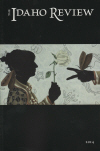 Awards and recognitions abound for the
Awards and recognitions abound for the 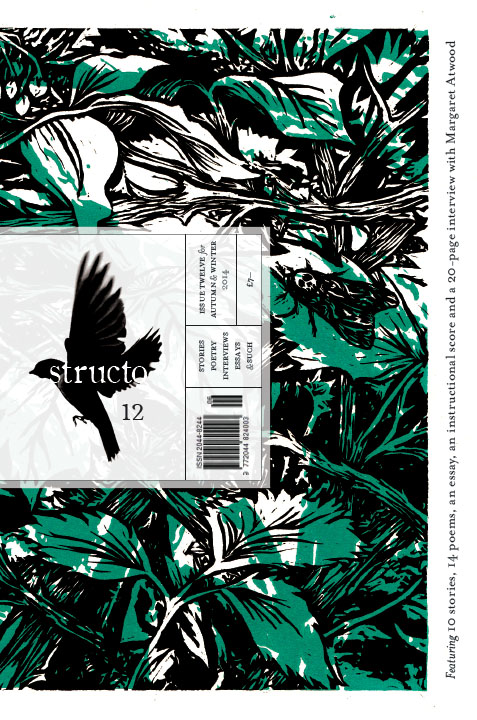 The most recent issue of
The most recent issue of 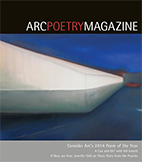 Arc Poetry Magazine
Arc Poetry Magazine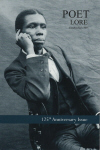
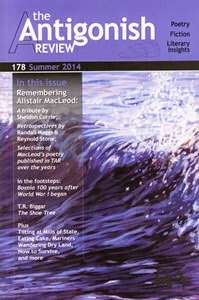
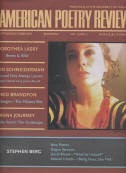
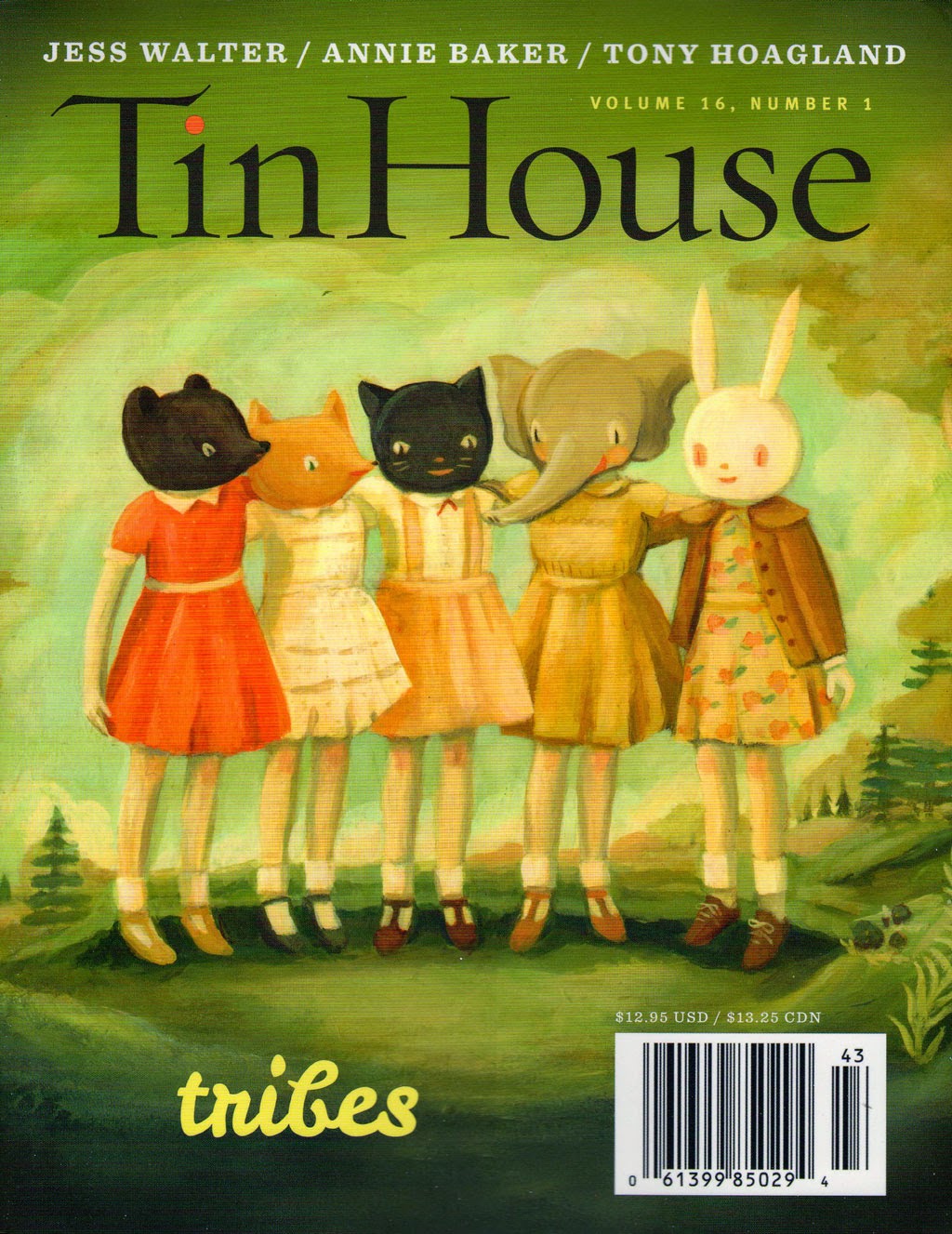 The most recent issue of
The most recent issue of 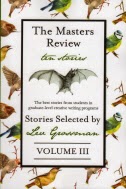 Now in its third volume,
Now in its third volume, 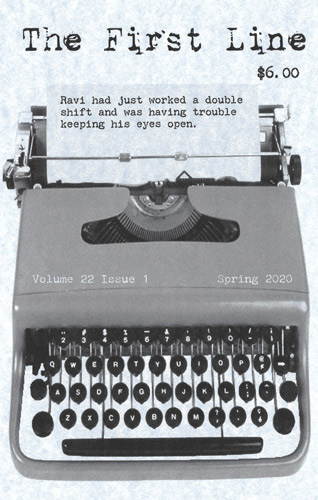 Since 1999,
Since 1999, 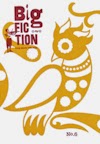 The most recent issue of
The most recent issue of 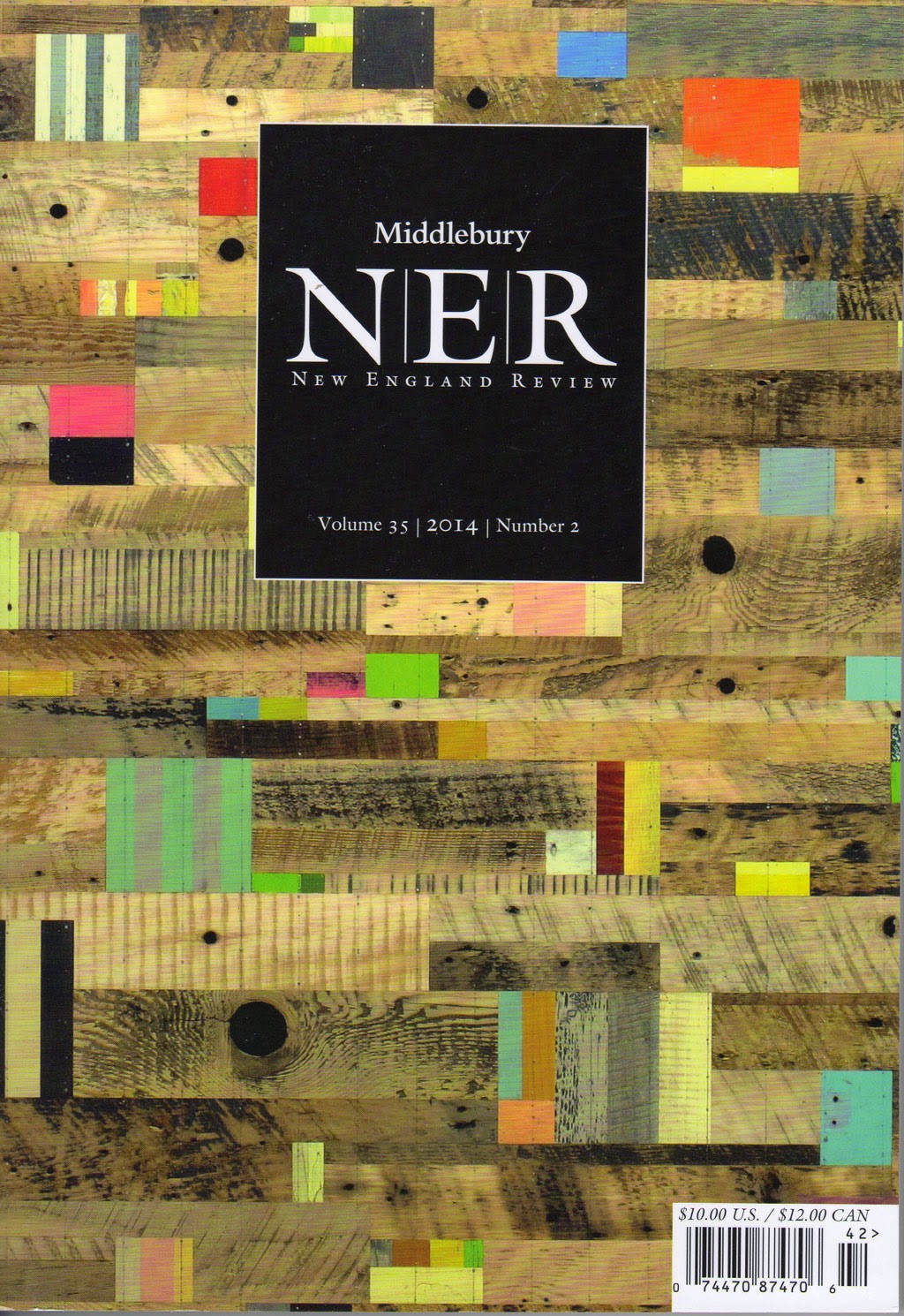 New England Review
New England Review Carve Magazine
Carve Magazine Revision is the kick in the pants that propels the writer out of complacence, jars him from the euphoria that tends to come when he thinks he’s completed something. Revision is the inevitable and necessary faceoff between one’s lazy writer self who defends the good enough draft, “This sentence / passage / description / scene / character is fine the way it is” and one’s higher writing self who argues, “Yes, it’s good enough and it says what I want, but does it say it in the right way? Does it say it in the best way”
Revision is the kick in the pants that propels the writer out of complacence, jars him from the euphoria that tends to come when he thinks he’s completed something. Revision is the inevitable and necessary faceoff between one’s lazy writer self who defends the good enough draft, “This sentence / passage / description / scene / character is fine the way it is” and one’s higher writing self who argues, “Yes, it’s good enough and it says what I want, but does it say it in the right way? Does it say it in the best way” The most recent issue of
The most recent issue of 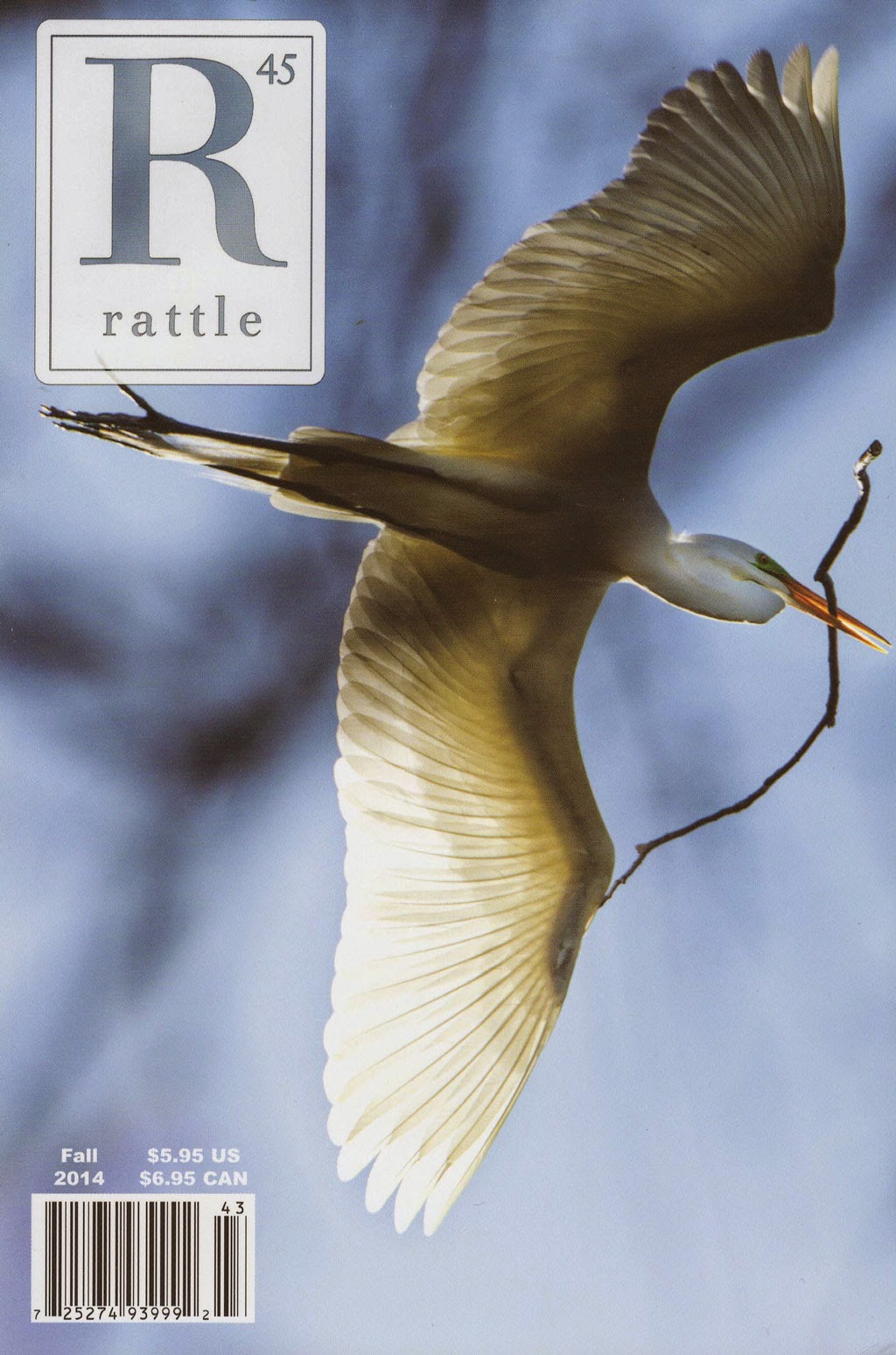 Thanks to
Thanks to 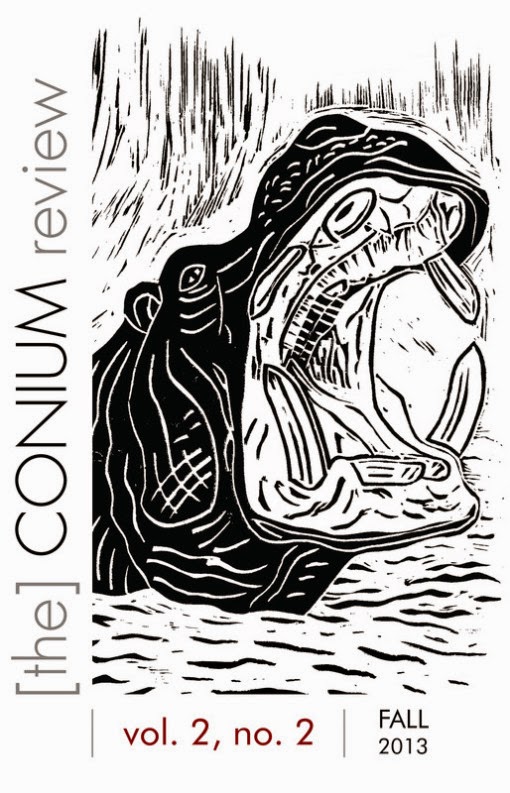 The Conium Review
The Conium Review